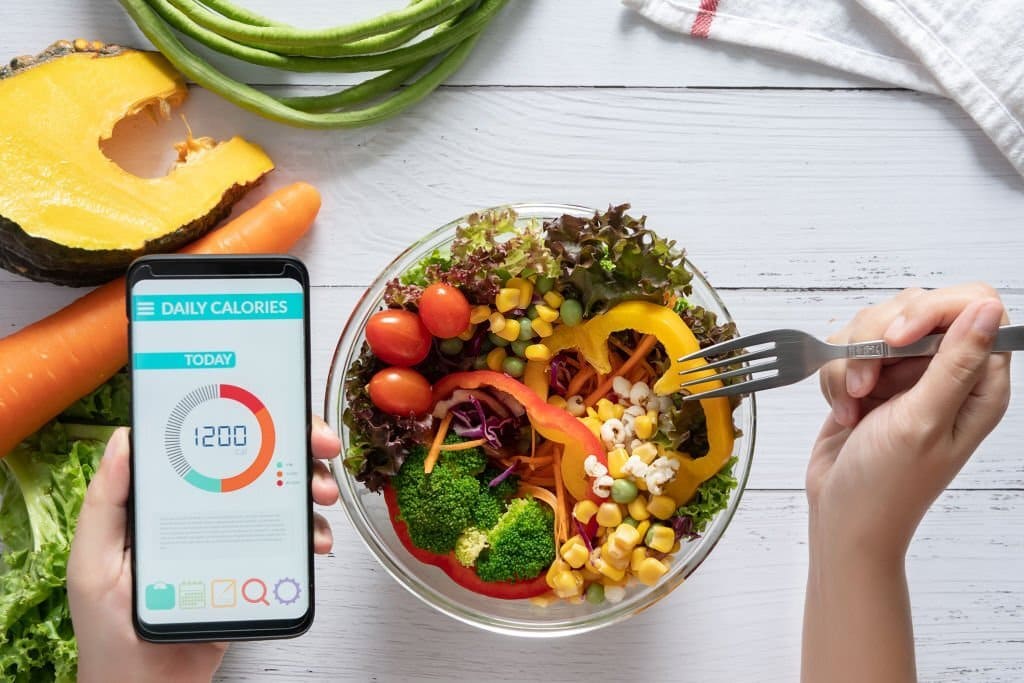A Calorie Calculator is a tool that can be used to calculate the individual’s daily caloric needs. The Calorie Calculator gives you calorie intake based on age, height, and weight and can help you in weight loss or weight gain. Calories are the amount of energy you get from food and drinks.
When you are consuming too many calories, your body stores the extra calories as body fat. You might end up gaining weight over time when you often take it too much. So, it is important to know how many calories you need per day. Use the calorie calculator powered by Meal Pro to know your daily calorie intake. Please enter your age, height, weight, and other details. You can switch to metric for the change of units.
Calorie Calculator
Related: Calculate Your BMI
How Many Calories Should You Consume Daily?
Taking a certain number of calories each day can help you stay at a healthy weight. Also, taking the right number of calories can help you stay healthy and live longer. To figure out how many calories to consume every day, it is important to know recommended calorie intake. The number of calories an individual should consume daily will vary depending on a variety of factors, including body composition and body size, physical activity, and health conditions. Here is what you should know about daily calorie intake.
1. Daily Calorie Intake for Children
Children aged 2 to 3 years require a daily calorie intake of 1,000 to 1,400 calories. However, the fall within this range is rely upon their level of physical activity. For children aged 4 to 8 years, the daily caloric intake begins to range from 1,200 to 1,800 for girls and 1,400 to 2,000 for boys. For those aged 9 to 13, the daily calorie intake ranges from 1,400 to 2,200 for girls and 1,600 to 2,600 calories for boys.
2. Daily Calorie Intake for Teen
The average daily calorie intake for girls 14 to 18 years old ranges from 1,800 calories to 2,400 calories. The average daily caloric intake for boys in the same age group ranges from 2,000 to 3,200 calories.
3. Daily Calorie Intake for Adults
An adult woman should consume between 1,600 and 2,400 calories daily. Adult men should consume between 2,200 and 3,200 calories daily. The below table provides the detailed number of calories to be consumed based on age, gender, and physical activity (Values provided by the U.S. Department of Agriculture).
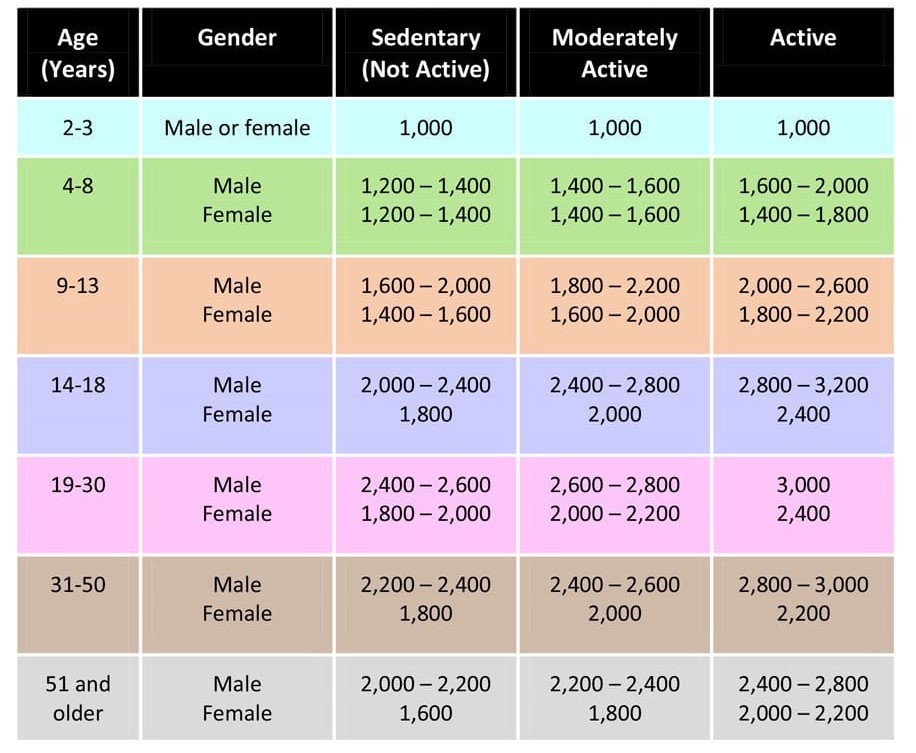
Source: U.S. DEPARTMENT OF AGRICULTURE
Why Does Our Body Requires Calorie?
The human body requires calories to function. If the body does not have enough calories, cells will die, the heart and lungs will cease to function, and its organs will be unable to perform the essential functions necessary for the body. This energy is provided by the food and beverages we take. The number of calories in a food item is indicative of its potential energy content. However, it is not only the number of calories that is important; it is also the type of material from which those calories are taken.
If people only consume the number of calories they need daily, they would likely lead a healthy life. However, if people consume too many or too less calories, then they will eventually experience health issues.
Factors Affecting Calorie Requirement
Six main factors influence your daily calorie requirements. They are gender, age, weight, metabolism, body composition, and physical activities. By knowing these factors well you can get a clear picture of your calorie needs. Generic charts that take your age, gender, and weight into account as well as activity levels are a good starting point. They are useful, but if you want to be more accurate, you should also include your basal metabolic rate (BMR) and your lean body mass (Body Composition).
1. Age
Our body’s muscle mass burns more calories than any other. As you get older the muscle mass decreases which means you need fewer calories to maintain your current weight. If you continue to consume the same number of calories as age increases, those excess calories will turn into extra weight (fat). To avoid this you should increase the level of physical activity.
2. Gender
An adult male has significantly less body fat and approximately 10-20 percent more muscle mass than an adult female of the same age and body size. Since muscle burns calories more efficiently than fat, male calorie requirements are typically about 10 percent greater than female.
3. Body Size
The number of calories a person needs is determined by their body shape and size, as muscle is more likely to burn calories than body fat. Therefore, a person with a solid body and a higher ratio of muscle than fat will have a higher metabolism. Conversely, a person with more body fat and a lower ratio of muscle will have a lower metabolism.
4. Basal Metabolic Rate
The Basal Metabolic Rate (BMR) is the amount of energy expended by the body to sustain essential life processes while at rest. Most of these processes go unnoticed, such as the heart beating, breathing and exhalation of air, kidneys filtering waste, generation of new cells, proper temperature regulation, and more. BMR accounts for two-thirds, or approximately sixty percent, of total daily caloric intake.
5. Physical Activity
Calories are burned when you exercise. If you burn more calories than you consume, you will lose weight. Calorie burning depends on the type of exercise you do, how long you do it, and how hard you do it. Some types of exercise help your body burn more calories even after you stop working out.
6. Body Composition
LBM, or lean body mass, is a measure of body composition. It is the difference between the total body weight and the body fat weight. LBM includes the weight of all organs except body fat, such as bone, muscle, blood, and skin, as well as all other organ weights. If you have a higher LBM then it means that you require more calories.
Lean Body Mass (LBM) = Total Weight – Fat Mass
One of the best ways to maintain a healthy weight is to eat the right amount of food. Selecting the right foods to meet your daily caloric requirements not only controls your weight but also provides you with essential nutrients to improve your health.
High-Calorie Foods
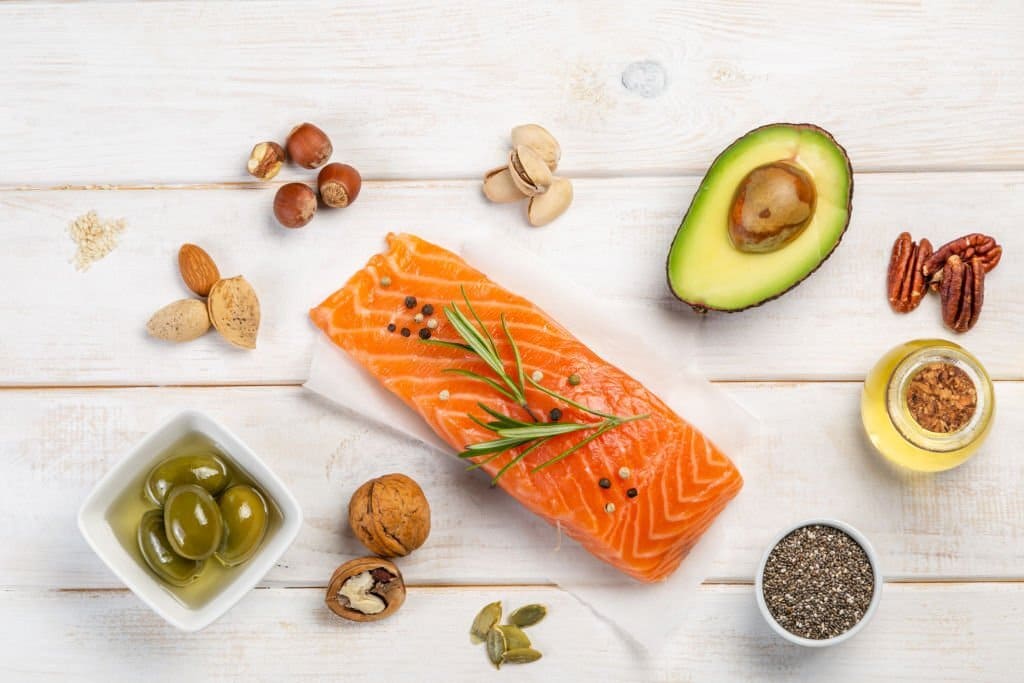
Fatty foods like fried foods, meats, oils, and butter are high in calories. These foods are surprisingly healthy and are low to moderate in other nutrients but high in calories. For example, granola (579 calories per cup), meat (475 calories per roasted leg), avocados (322 calories per cup), Fish (Salmon- 350 calories per 6oz fillet), quinoa (222 calories per cup), dairy foods (Milk- 298 calories per cup), nuts (828 calories per cup), chickpeas (269 calories per cup), olive oil (119 calories per tablespoon), and dark chocolate (664 calories per bar).
Low-Calorie Foods
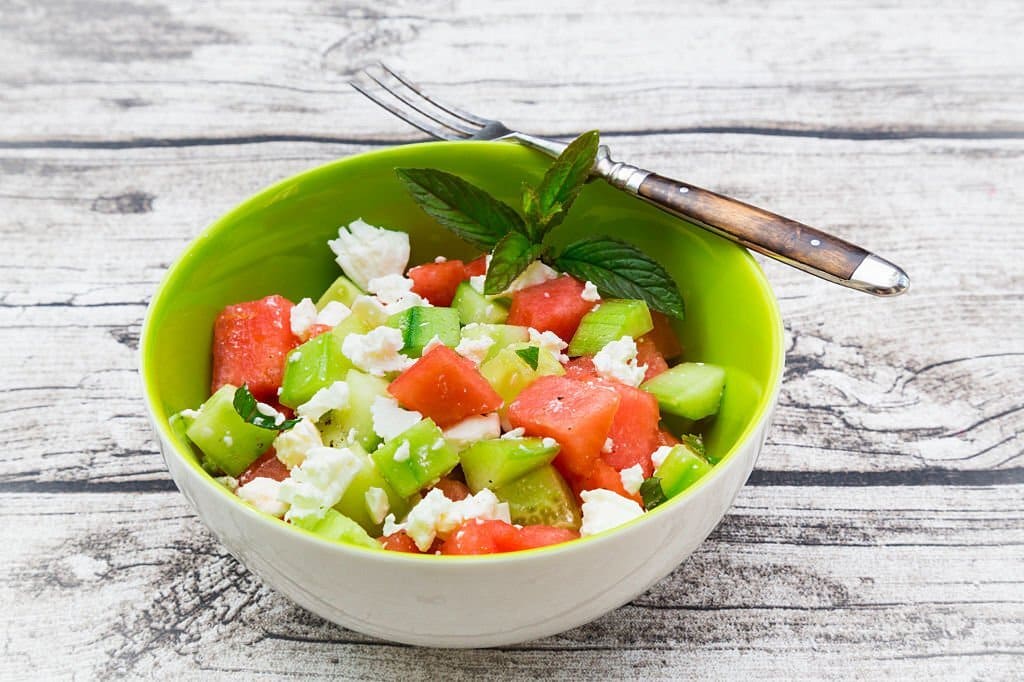
There are lots of foods that are low in calories that can help you lose weight. Here are a few; salad green (4 calories per cup), mushroom (15 calories per cup), grapefruit (37 calories in half fruit), strawberries (53 calories per cup), watermelon (46 calories per cup), kale (49 calories per cup), cucumber (14-17 calories in one cucumber), and carrot (50 calories per cup).
Empty Calorie Foods
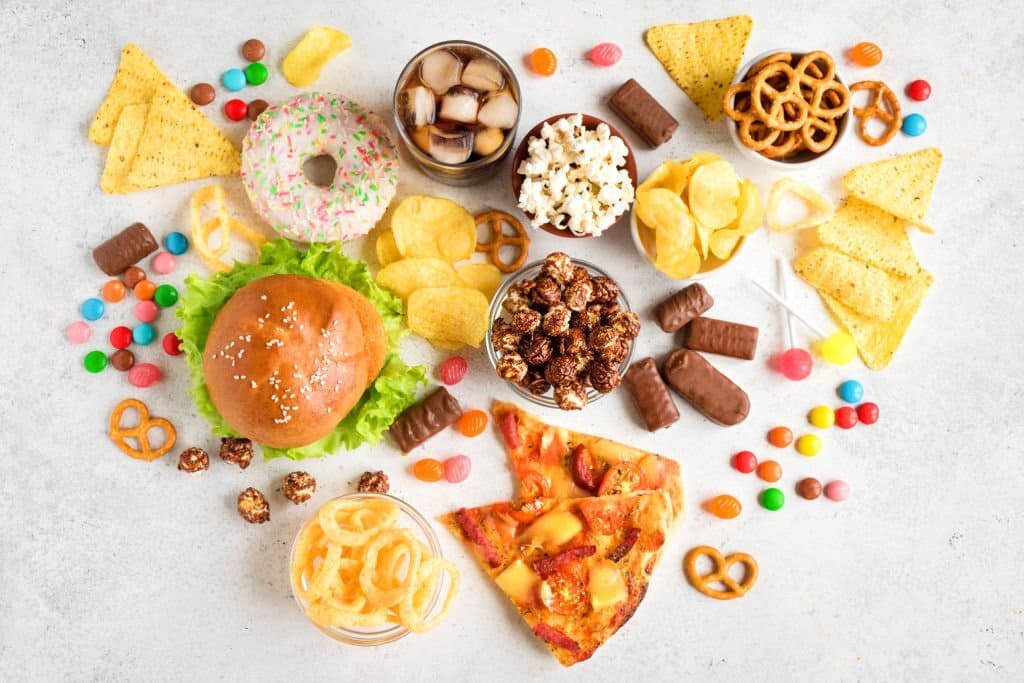
The term “empty calories” is used to describe foods that contain high amounts of calories but have very little or no nutritional value. These foods are energy-dense and burned to produce energy, which is necessary for your daily activities. However, due to their poor or low nutritional content, they are highly unhealthy. Excessive consumption of these foods is a major contributor to weight gain. Additionally, the nutritional deficiencies present in these foods can lead to more serious health issues.
Foods and drinks that usually contain empty calories include:
- Soft drinks and sodas, energy drinks, alcohol
- Junk foods and fast foods like pizza, burgers, rolls, wraps, French fries, cakes, muffins, cookies, doughnuts, and other carb-heavy desserts.
- Candies, candy bars, and chocolates.
- Ice creams, cheese, and full-fat dairy products.
- Meats like sausages, hot dogs, ribs, and bacon
- Processed foods like breakfast cereals, packed cheese, tinned vegetables, etc.
- Sauces and condiments.
Read More: Multivitamin: The Very Best Supplements.
Frequently Asked Questions (FAQs)
A calorie is a unit of energy which means the way of measuring how much energy you have. In human nutrition, a calorie is the amount of energy a person gets from their food and drinks.
There are 95 calories in an apple of medium size as per USDA. The other nutrient profiles include; 0g of fat, 25g of carbohydrates, 19g of total sugar content, 4g of fiber, 8mg of vitamin C, and 6mg of vitamin A.
There is no fixed number of calories that should be burned daily. By knowing the number of calories necessary to maintain your healthy weight, you can add or burn calories based on your fitness goal. It is important to know that if you are looking to lose weight then you should burn the calories, or if you are looking to gain weight then you should add calories. Use the calorie calculator to know how much you require per day based on your age, gender, height, weight, and physical activity.
The most effective way to burn calories is running. It is the best way to burn the most calories in an hour. However, if running is not an option for you, there are a variety of other activities that can be used to burn calories, such as high-intensity workouts, cycling, jumping rope, swimming, and boxing. These exercises can be used in a variety of ways, depending on your individual preferences and level of fitness.
References
- Subramanian, Shankar, and Angus Deaton. “The demand for food and calories.” Journal of political economy 104.1 (1996): 133-162.
- Katan, Martijn B., and David S. Ludwig. “Extra calories cause weight gain—but how much?.” Jama 303.1 (2010): 65-66.
- Caprio, Sonia. “Calories from soft drinks—do they matter.” N Engl J Med 367.15 (2012): 1462-1463.

